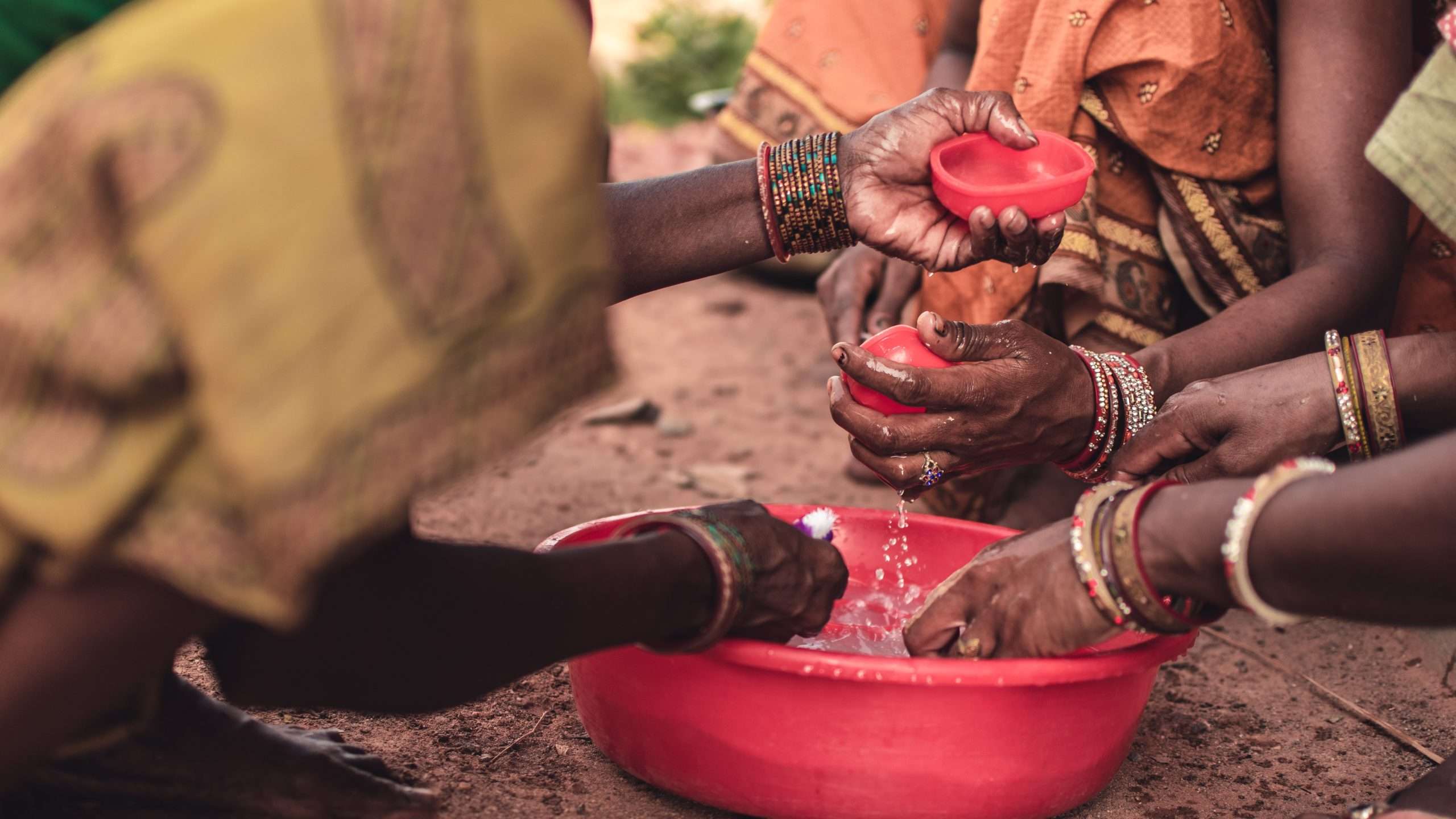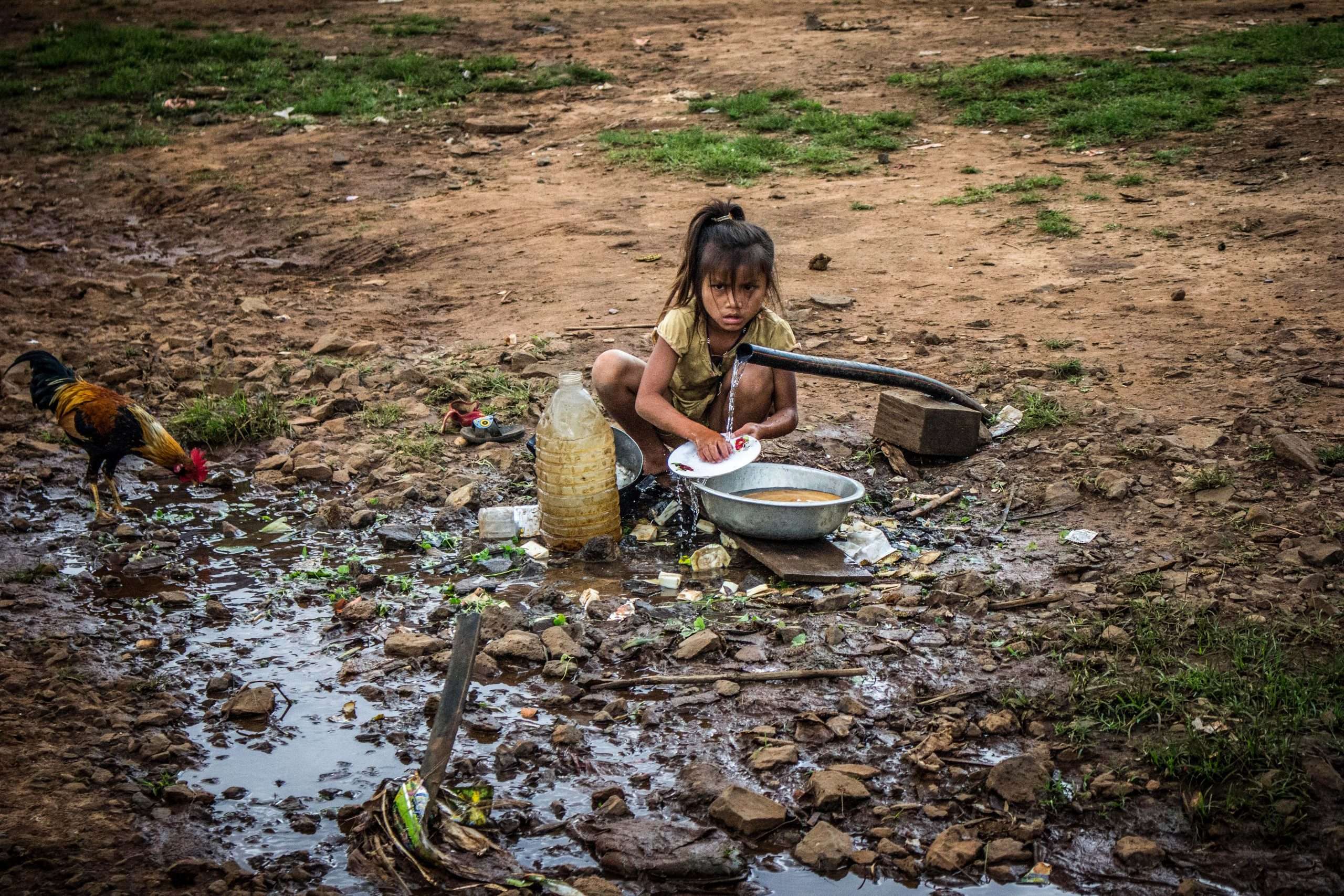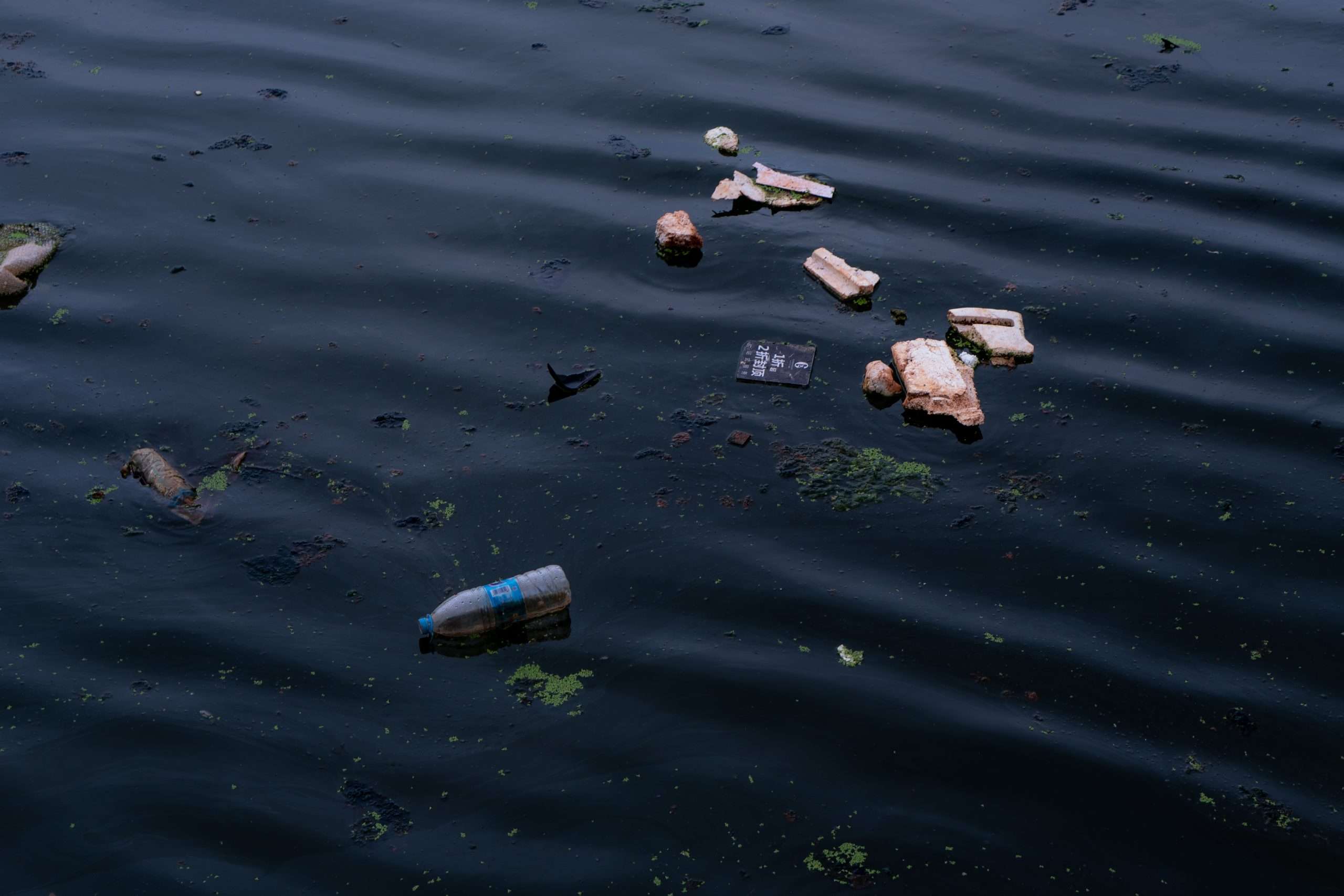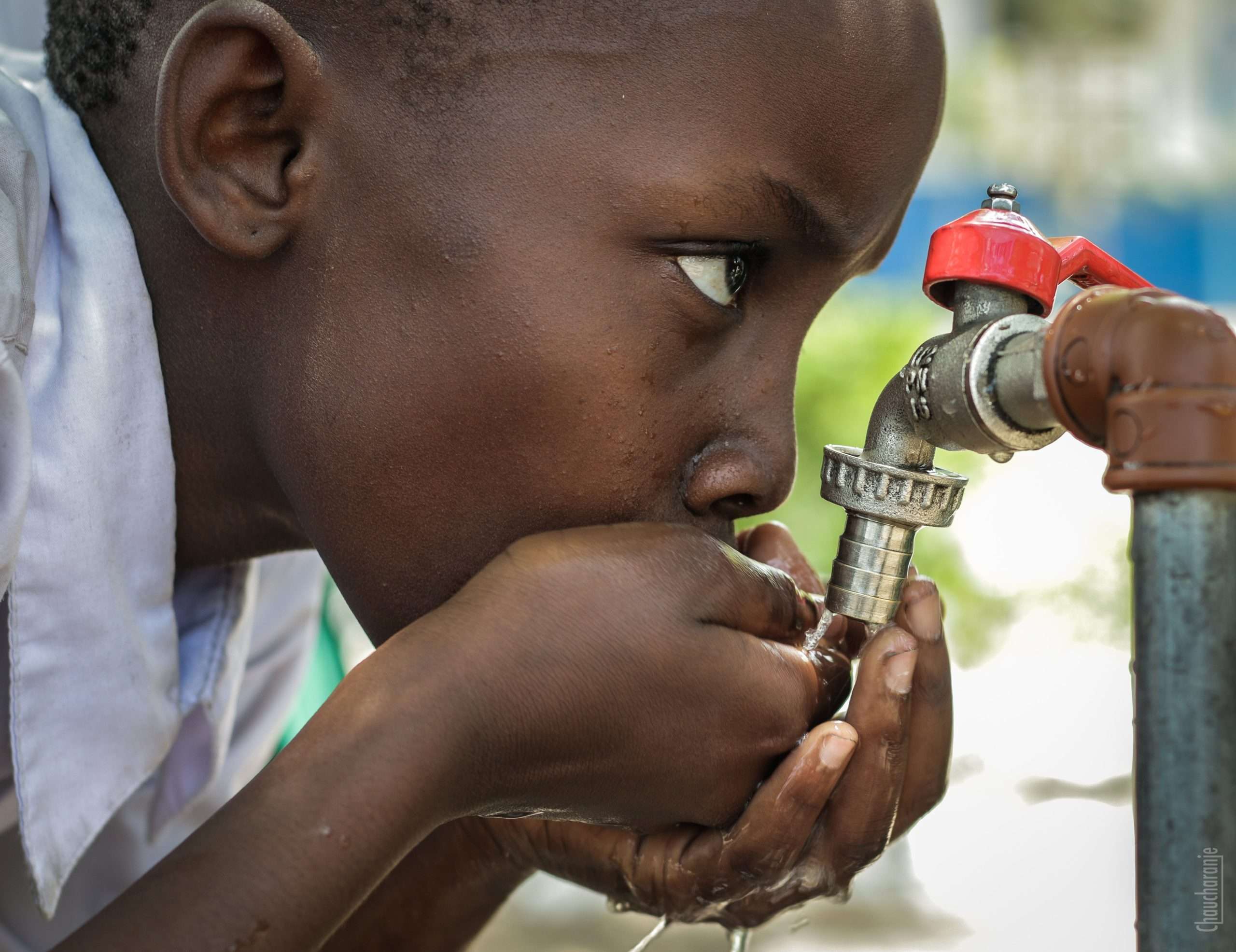Investing in water infrastructure has a multitude of benefits. It is critical for promoting public health, progressing economically and conserving the environment. Investments made in the water sector curb the spread of illnesses and save millions of lives. Water pollution due to unsafe waste management puts aqua ecosystems and the environment under threat.
“Water is our common future and we need to act together to share it equitably and manage it sustainably. As the world convenes for the first major United Nations conference on water in the last half century, we have a responsibility to plot a collective course ensuring water and sanitation for all.”
Audrey Azoulay, UNESCO Director-General
investing in water infrastructure
Investing in water infrastructure is vital to combating climate hazards such as drought and flooding. These risks have to be mitigated by building new infrastructure or redesigning existing water architecture. Similarly, a growing population, limited freshwater resources, and rising urban water usage all compete with irrigation needs for agriculture. Thus, investing in funds to support smart technologies backed by sustainable cities is key to addressing this problem.
Furthermore, the lack of clean water and safe sanitation has disproportionately affected poor and vulnerable communities. Investing in water infrastructure and sanitation will reduce the time people from these communities currently dedicate to collecting water. Women are disproportionately burdened with this task, leaving them less time and energy to devote to education and economic development.

Source: Pexels
Furthermore, water is woven into every aspect of life. Thus, it is a focal point in the progression towards achieving the UN’s Sustainability Development Goals (SDGs). A global and inclusive partnership is urgently required to equitably share water resources to promote safety, peace and thrivability.
substantial benefits for public health, the economy and the environment
Public Health
Basic water, sanitation, and hygiene (WASH) intervention practice in medical settings can safeguard millions of lives and avoid massive economic damage. This is because WASH facilities can prevent and manage life-threatening infections and control the acceleration of antimicrobial resistance.

Source: Pexels
For instance, Benin and Mali have eliminated trachoma, a communicable neglected tropical disease, through a strategy that consists heavily of facial hygiene and enhanced WASH facilities. Similarly, the global polio eradication programme has worked with wastewater testing labs to successfully measure and control the disease.
Simultaneously, strategies to reduce household water pollution and industrial liquid waste or unrefined sewage discharged into aqua bodies will promote public health and better living conditions in urban areas. Wastewater management from communities, individuals, health services, plant and animal manufacturers and antimicrobial production is pivotal to restricting the occurrence and spread of antimicrobial resistance.
Economy
Globally, a business value of over $300 billion is at risk due to water insecurity. However, the cost of overcoming the problem is less than 20% of this value, at $55 billion. Conversely, authorities not adequately investing in water infrastructure will cost the most water-reliant US businesses alone about $250 billion in 2039 due to water service disruptions, as predicted by the American Society of Civil Engineers (ASCE) in 2020. Water-scarce regions such as the Middle East and the Sahel in Africa may face a regression of up to 6% of GDP by 2050 caused by water-related effects on cultivation, health and earnings if action is not taken urgently.
Research by Vivid Economics shows that every dollar invested in the WASH sector yields a $21 return. The study has shown that providing a toilet for every home, connected to a safely-managed sewage system could create an annual wealth of $86 billion. Additionally, every dollar invested in flood resistance can prevent damage costing $62 from exacerbated floods.
On another note, investing in water infrastructure will enable households to divert increased time and money to education and work. This has the potential to break cycles of poverty. This is especially true for women and children whose school attendance, economic status and health outcomes are negatively impacted because of continuously transporting heavy loads of water. Providing private toilets in schools could advance menstrual health and hygiene, whilst also preventing dropouts. Similarly, every additional year of schooling can contribute to long-term economic growth prospects by almost 10%, in low-income countries.

Source: Pexels
Environment
The current infrastructure is adding to the climate crisis through its greenhouse gas emissions. It has also been argued that it lacks the resilience to withstand the crisis. Therefore, investing in water infrastructure to amend or build climate-resilient systems serve several purposes. For instance, droughts can indirectly impact hydropower and thermal power generation. Conversely, severe flooding can devastate industrial production and disrupt global supply chains.
Concurrently, the safe preservation and development of catchments and wetlands and river flows, as well as pollution management, have just as much of a role to play in safeguarding aquatic ecosystems as consumers. For example, Mexico’s Monterrey Water Fund is a successful co-financing partnership that began in 2013. This fund has managed to conserve water quality, dampen flooding, enhance infiltration and restore natural habitats.

Source: Unsplash
moving forward: Investing In Water Infrastructure
Water will play a major role in any shift towards a green economy that recognises the reality of finite resources while enabling the global population to thrive. At its core, sustainability simply indicates the ability to continue to survive. ‘Thrivability’, by contrast, is a step beyond sustainability. THRIVE believes that humanity can do better with the knowledge currently available to us. We want to instil the idea that sustainable solutions not only prevent disaster, but offer the potential for societies to flourish.
For example, the expansion of hydropower will decrease the use of fossil fuels for energy creation. The WASH sector is a heavy consumer of energy, while energy is a major consumer of water. So, energy efficiency, recycling refined wastewater and reusing nutrients and heat from wastewater are just a few examples of how investing in water infrastructure could aid the transition to a green economy, through innovative and smart technology-backed WASH systems.
It is important that we have smarter water use and a balance of quality with the need to complement traditional supply methods. For instance, an award-winning Spanish water management company, Aguas de Valencia operates Qatar’s largest water treatment facility. It is tackling the country’s water shortage through technological innovation. It refines raw sewage through multi-stage biological treatment filtration and high-pressure purification, to transform for farming and other non-potable uses.
Similarly, Aqaba Amman Water Desalination and Conveyance Project (AAWDCP) is Jordan’s largest-ever water investment project backed by the European Investment Bank’s EUR 200 million financing. This intends to supply desalinated Red Sea water to almost 4 million people annually. Likewise, the Tana-Nairobi river watershed in Sub-Saharan Africa provides 95% of Nairobi’s freshwater and half of Kenya’s power supply.
why Is it essential that we focus on The Benefits Of Investing In Water Infrastructure?
Around 2 billion people globally (26% of the population) have poor access to potable water and 3.6 billion (46% of the population) lack basic sanitation facilities, in 2023. Furthermore, scarcity in global urban localities is expected to increase twofold, from 930 million in 2016 to 1.7–2.4 billion persons in 2050. As the global population rapidly expands, WASH infrastructure is vital to manage increased competition and conflict.

Source: Pexels
Climate change events such as drought and heavy rainfall have driven inflation and economic disruption, can instigate clashes, prompt the mass migration of people from their homes and incite violence amongst nations. Natural disasters like floods during 2000–2019 afflicted 1.65 billion people and caused more than 100,000 fatalities. The economic losses amounted to about US$650 billion. Concurrently, 1.43 billion more people suffered from droughts that triggered financial losses of about US$130 billion.
Roughly 8 million people lose their lives annually in 137 low and middle-income nations from poor quality medical care. Consequently, economic harm due to ill health and premature deaths stands at nearly US$6 trillion. At the same time, a startling 1.8 billion people use medical centres without a basic water supply, and 800 million use centres with no lavatories. About 5 million children, 50% of which are newborns, deceased worldwide, prior to turning five, due to preventable diseases. Simultaneously, around 43% of newborn mortalities transpired in sub-Saharan Africa, where only one in two primary care services had onsite WASH facilities. The global advancement made in controlling maternal mortality has also halted from 2016 to 2020.
Investing In Water Infrastructure to achieve the United Nations Sustainability Development Goals (SDGs)
Alleviating Poverty
Access to safe and clean drinking water and sanitation are basic human rights. Unfortunately, the most vulnerable and low socioeconomic communities are most deprived of basic WASH facilities. This reveals the clear link between water poverty and hindrance to socio-economic progress more generally. THRIVE invests interest in issues fundamental to the integrity of our society. As well as sustainability, this means examining issues related to the judicial process and human rights. Safeguarding human well-being in all domains is paramount to THRIVE‘s mission.
Ending Hunger And Ensuring Well-being
Concurrently, boosting food production through upgrading surface irrigation methods is pivotal to ending hunger and meeting the demands of a growing population. As fresh, irrigable land is scant, the world is facing the challenge of crop per drop to feed everyone. In water-limited localities, water for agriculture competes with other uses.
Simultaneously, the appropriate method to collect, manage and discard household waste instead of open defecation is pivotal to alleviating health concerns in large communities. Accordingly, it’s imperative to provide safe WASH facilities for all people, in order to successfully achieve the UN’s Sustainability Development Goals (SDGs).
Water And Women
Access to WASH facilities will advance in particular the health and educational status of women and girls. Currently, women expend a combined 200 million hours per day globally on collecting water. Further, they spend 266 million hours searching for a place to go as there is no toilet facility at home.
If given safe water and sanitation facilities at home, women and girls will be better positioned to start small businesses, earn an income and provide financial support to their families. Also, they can avoid dangerous situations that arise due to open defecation and walking long distances to collect water. On a global scale, this translates into an added 122 million working days per annum to the worldwide economy.

Source: Unsplash
A Thrivable Framework
THRIVE Framework examines important global issues, evaluating potential solutions in relation to the overarching goal of thrivability. It is about making predictive analyses using modern technology that support transformation to environmental and social sustainability.
We recognise that human happiness can sometimes compete with environmental well-being, which is why we use our ciambella chart to illustrate the ‘thrivable zone’. This is the area between a ‘social floor’ (the minimum required for people to live happy lives) and an ‘environmental ceiling’ (the maximum damage that we can do to the environment before it becomes unsustainable). Overlaid on these thrivable zones are visual measurements that show impact – whether something is inside the thrivable zone – or exactly where it falls short.
To learn more about how THRIVE Project is researching, educating and advocating for a future beyond sustainability- visit our website for more! You can follow our informative blog and podcast series and learn about our regular live webinars, featuring expert guests in a myriad of fields. Sign up for our newsletter for regular updates.























